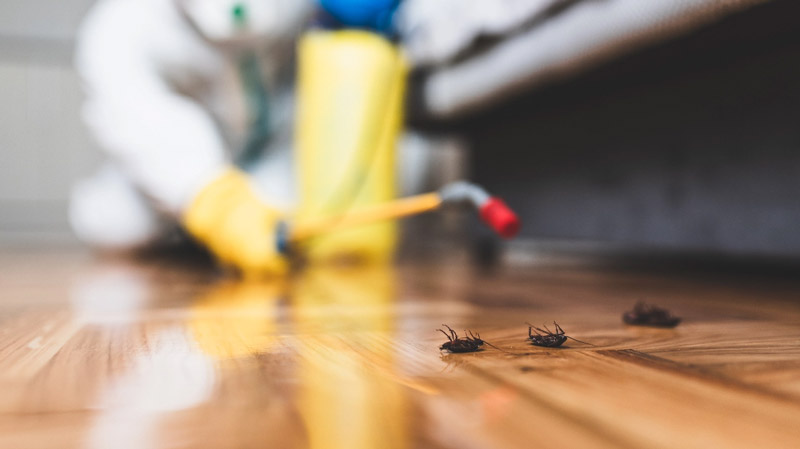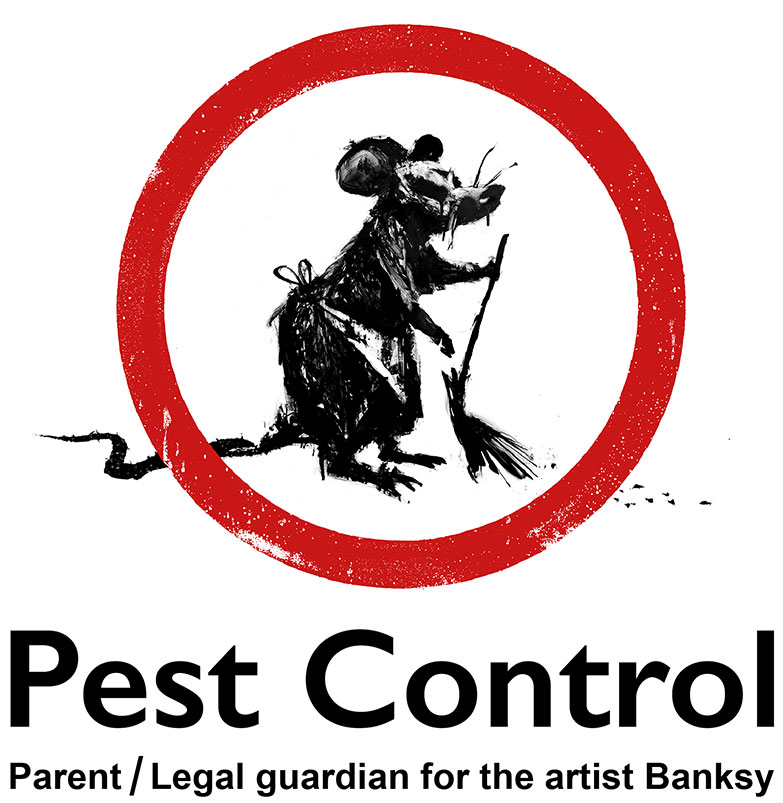Stop Future Infestations with Services from Pest Control Lockhart
Stop Future Infestations with Services from Pest Control Lockhart
Blog Article
Checking Out Infestation and Therapy Approaches on the planet of Insect Control
The landscape of bug control encompasses a myriad of challenges, especially as problems of common home bugs proceed to evolve. By integrating precautionary procedures with innovative management techniques, such as Integrated Insect Administration (IPM), home owners can much better safeguard their environments.

Common Home Vermin
When it pertains to handling our living rooms, understanding common home insects is vital. These parasites not just interrupt our convenience yet can additionally pose health risks and damage residential or commercial property. The most common home insects include ants, cockroaches, rodents, termites, and bed insects.
Ants, often seen foraging in kitchens, can infect food and develop large colonies. Rats, consisting of mice and rats, can create architectural damages and bring diseases like hantavirus and salmonella.
Recognizing the indicators of these insects, such as droppings, nests, or attack marks, is crucial for very early intervention (Pest Control Lockhart). Correct cleanliness practices, securing entry factors, and preserving a clutter-free environment are reliable preventative procedures. By identifying these typical home parasites and comprehending their behaviors, house owners can take proactive actions to reduce infestations, making certain a healthier living setting
Understanding Parasite Infestations
Bug problems can rise promptly, turning a minor inconvenience right into a considerable trouble if not resolved promptly. Common elements contributing to invasions consist of bad cleanliness, architectural susceptabilities, and seasonal modifications that drive parasites inside.
Recognizing the kind of parasite is crucial, as various varieties show diverse actions and reproductive prices. As an example, rats may establish nests in covert areas while insects like roaches grow in wet settings. Early detection often depends upon recognizing indicators such as droppings, chomp marks, or uncommon noises, which can indicate a trouble prior to it ends up being severe.
Environmental problems likewise play an important role in parasite spreading. Cozy, damp climates can facilitate the quick growth of pest populaces, while modifications in landscaping or construction can accidentally produce conducive environments. Therefore, normal assessments and preventative steps are extremely important to alleviating the risk of problems. An informed strategy to recognizing these dynamics prepares for reliable insect monitoring methods in the future.
Therapy Methods and Strategies
Effective treatment approaches and methods are important for alleviating insect infestations and restoring a risk-free setting. A diverse technique is often best, including chemical, biological, and mechanical methods tailored to the particular pest and the extent of the invasion.
Chemical treatments consist of the use of insecticides and herbicides, which can successfully get rid of insects. Proper application and adherence to safety standards are crucial to lessen risks to human beings and non-target microorganisms. Integrated Pest Monitoring (IPM) encourages the judicious usage of chemicals as a last hope, relying instead on tracking and threshold degrees to figure out treatment requirements.
Biological control approaches include introducing all-natural predators or bloodsuckers to reduce pest populaces. This strategy is progressively prominent, particularly in agricultural settings, as it advertises environmental sustainability.
Mechanical approaches, such as traps and barriers, give instant remedy for parasites without presenting chemicals. Choices include sticky catches for bugs or physical obstacles for rats.
Ultimately, the selection of therapy method must consider the particular insect, the environment, and possible effect on human health and ecosystems. A well balanced combination of these techniques can efficiently handle infestations while promoting long-term pest control remedies.
Safety Nets for Residence
Proactively resolving insect problems before they escalate is vital for keeping a healthy and balanced home setting (Pest Control Lockhart). Applying efficient preventive measures can substantially minimize the possibility of invasions, ultimately protecting both your home and well-being

Appropriate landscaping also plays an important role in avoidance. Maintaining bushes and trees cut away from the residence minimizes the chances of insects finding their means inside. Guarantee that drain systems are working efficiently to stop standing water, which can draw in mosquitoes and other bugs.
Finally, routine inspections are recommended. On a regular basis looking for indications of insect activity enables for early intervention. By taking on these precautionary measures, home owners can develop a setting that is much less hospitable to insects, thereby enhancing their general top quality of life and reducing the requirement for substantial bug control treatments.
Business Parasite Control Methods
A comprehensive approach to commercial insect control is important for companies intending to preserve a risk-free and sanitary environment. Reliable strategies involve a mix of regular inspections, visit our website worker training, and the application of Integrated Insect Management (IPM) techniques.
Regular examinations enable very early detection of bug activity, permitting prompt treatment. Organizations should develop a regular timetable for these evaluations, focusing on high-risk areas such as kitchen areas, storage space rooms, and garbage disposal websites. Worker training is equally critical; staff ought to be enlightened on the indications of pest infestations and the significance of reporting them immediately.
Implementing IPM methods assists alleviate insect concerns sustainably. This includes environment adjustment, such as securing entrance points and minimizing clutter, along with Source using all-natural deterrents prior to resorting to chemical therapies.

Moreover, working together with an accredited parasite control provider guarantees access to professional understanding and innovative treatment alternatives. This partnership can result in personalized parasite control plans tailored to the specific demands of the business, reducing threats and enhancing general effectiveness. Eventually, a positive and enlightened method cultivates a pest-free setting, safeguarding both public health and service online reputation.
Final Thought
In conclusion, effective parasite control requires a comprehensive understanding of common household parasites and their behaviors, combined with targeted treatment methods. Implementing preventative actions alongside therapy techniques such as Integrated Parasite Administration and organic control enhances the ability to alleviate infestations.
Report this page